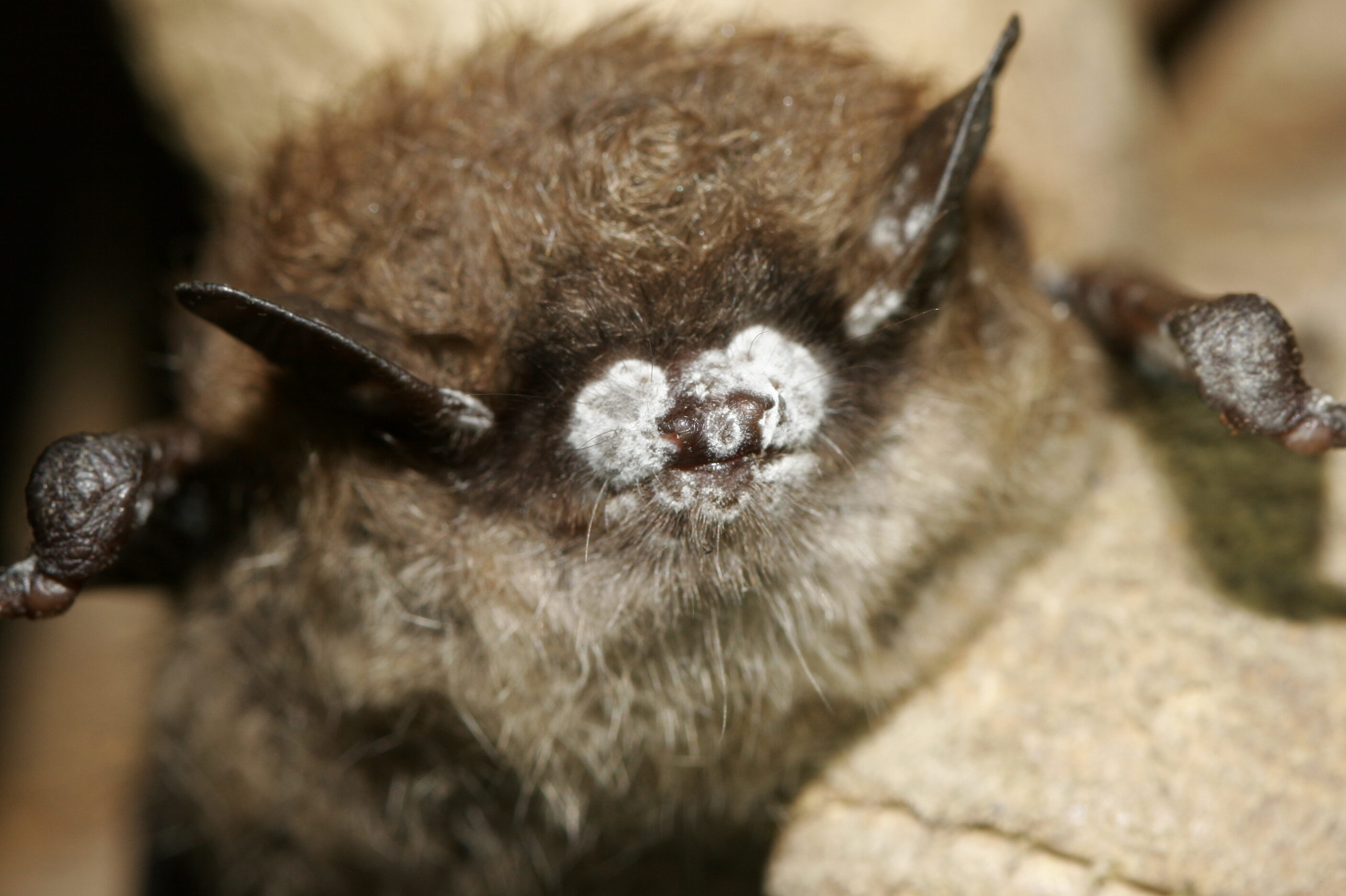
A team of Colorado biologists wants your help to preserve bat species across the state.
Colorado Bat Watch, a new program launched Monday, aims to enlist citizen scientists to log observations of the flying mammals during sunrise and sunset. By collecting the data, the team hopes to find roost sites before they're decimated by white-nose syndrome, a deadly fungus first identified in Colorado last summer.
"Researchers are racing to test vaccines that could help bats survive the disease," said Megan Mueller, a biologist with Rocky Mountain Wild, a nonprofit focused on species conservation. "It may be possible to apply those vaccines to roost sites, but we need help with finding them."
White-nose syndrome has already decimated bat colonies across the eastern and mid-western United States. After years of fearing its arrival, Colorado Parks and Wildlife confirmed the fungus in a bat from Bent's Old Fort near La Junta last July.
The plague now threatens animals vital to the health of many ecosystems and economies. Often maligned as sinister creatures of the night, bats control pests, pollinate plants and disperse seeds.
That's why one recent study found the disease already costs the U.S. agriculture industry nearly $500 million each year. Another study predicts those losses could grow to more than $3.7 billion annually as the fungus — scientifically known as Pseudogymnoascus destructans — continues to spread across North America.
One potential answer could be a vaccine developed by the U.S. Geological Survey and the University of Wisconsin-Madison. Infected bat colonies collapse when the fungus forces the animals to awaken from hibernation too early. A series of trials have shown the vaccine can reduce fungal loads, allowing bats to stay asleep longer and avoid deadly winter temperatures.
Mueller said it is easy to help biologists prepare for the arrival of those kinds of treatments. Colorado Bat Watch participants just need a place to watch for bats. A local lake, pond or river are all good starting points, but the animals can often be seen darting over a patio or neighborhood street.
Once you find an observation point, Mueller recommends getting ready a half hour before sunrise or sunset. The twilight hours are often when bats swarm around a roosting site, which might be an attic, barn, tree, pile of rocks or a cave.
Participants have found a roosting site if bats enter or exit from a specific location. Mueller warned against getting too close or touching the animals, which could lead females to abandon their young. Worse yet, it risks infecting a colony with White Nose Syndrome.
Logging the observation is as simple as filling out an online form. If the location doesn't have easy internet access, participants can use an offline app or send in a form via mail or email.
"It doesn't require any training. It's just a really nice, easy, fun thing to do outside in the evening," Mueller said.
Funding for public media is at stake. Stand up and support what you value today.









